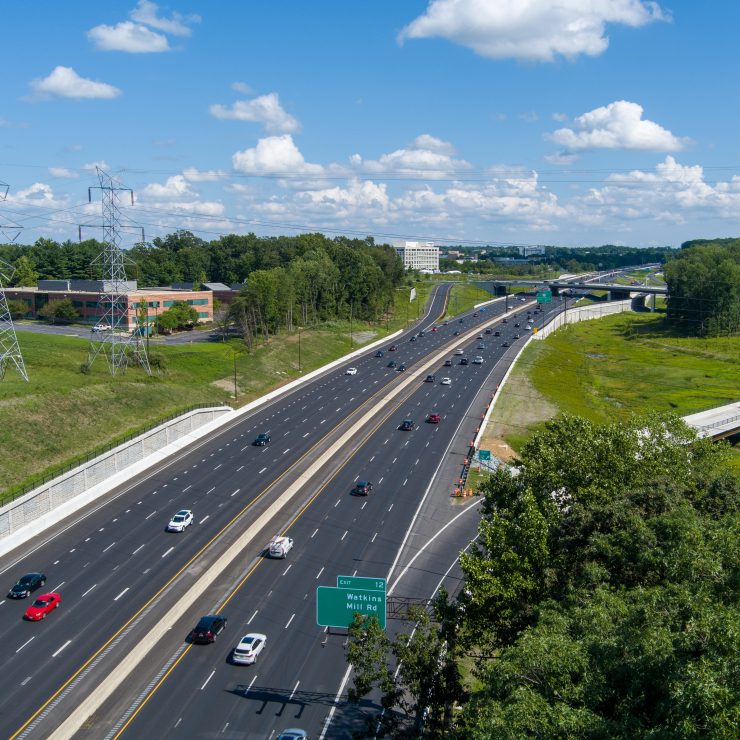Young Driver Safety
Young Drivers are more likely to be involved in a crash than older groups of drivers due to their immaturity, lack of skills, and lack of experience.

For all information regarding licensing (including learners permit, rookie driver, driving test, etc.) please visit MDOT MVA.
Young driver crashes, injuries, and fatalities in Maryland have generally been declining the past few years. However, young driver issues remain a concern in many communities across the state and country. The focus of young driver traffic safety programs involves Maryland’s Graduated Licensing System (GLS). This system goes beyond traditional driver education to involve young people and their parents, law enforcement, safety professionals, and educators in addressing this high-risk demographic. Approximately 1,500 skills are needed to drive a motor vehicle including observation, perception, interpretation, reaction, and anticipation.
Scientific research supports that these important cognitive and motor skills do not occur in adults until the mid-to-late 20’s. Through Maryland’s GLS, young drivers are able to get knowledge and experience to help them become safer behind the wheel and driving well into adulthood. Lack of experience contributes to teens’ higher rate of fatal crashes which is why supervised, behind-the-wheel driving experience is key to helping them develop necessary habits and skills for safe driving.
-
35%
Percentage of all injury crashes involving a young driver occurred between April to July.
Summer is often referred to as the 100 Deadliest Days due to the increased crashes and fatalities among Young Drivers.
-
23
The average number of drivers ages 16-20 killed each year in Maryland
Approximately 58 percent of all young drivers involved in crashes and 83 percent of those killed, are male. Female passengers were injured at a higher rate (nearly 60 percent) than male passengers in young driver-involved crashes.
Rules of the Road for Young Drivers
Although young drivers often feel invincible, they aren’t. By parents setting ‘Rules of the Road’ for their Young Driver, parents can help set good standards for driving.
Nationally although people under 21 are legally prohibited from drinking alcohol, 29 percent of young drivers 15 to 20 years old who were killed in crashes in 2020 had blood alcohol concentrations (BACs) of .01 grams per deciliter (g/dL) or higher.
Driving is the first and only task when behind the wheel. That means no phones or texting while driving, and not doing anything else — like eating, drinking, or fixing hair and makeup — when you should be fully focused on driving. Young drivers should activate the “do not disturb” feature on their phones to eliminate the distractions notifications cause.
Almost one-third of teen drivers involved in fatal crashes were speeding. Faster speeds rob inexperienced young drivers of the extra reaction time they may need to avoid a crash.
Young drivers are at a greater risk for a crash when they have others in their car. Passengers can serve as a distraction for inexperienced drivers, and that’s why Maryland’s graduated driver licensing (GDL) restrictions prohibit any passengers in vehicles with young drivers.
In Maryland, convictions or “Probation Before Judgement” (PBJ) for moving violations while holding a provisional license requires the driver to complete a driver improvement program and/or suspension/revocation of their driver’s license. A conviction or PBJ also restarts the the 18-month minimum holding period.

MDOT MVA Young Driver
Visit MDOT MVA for all information regarding licensing and regulations for young drivers.

